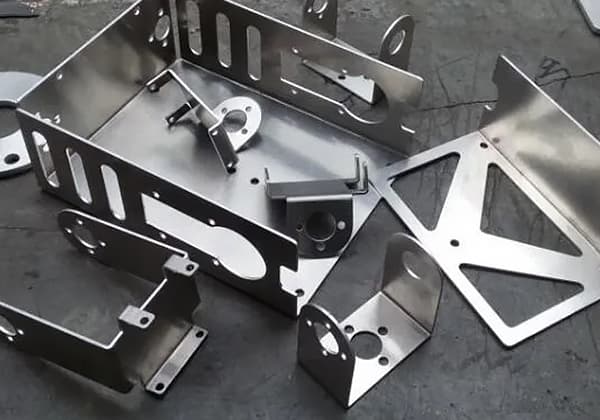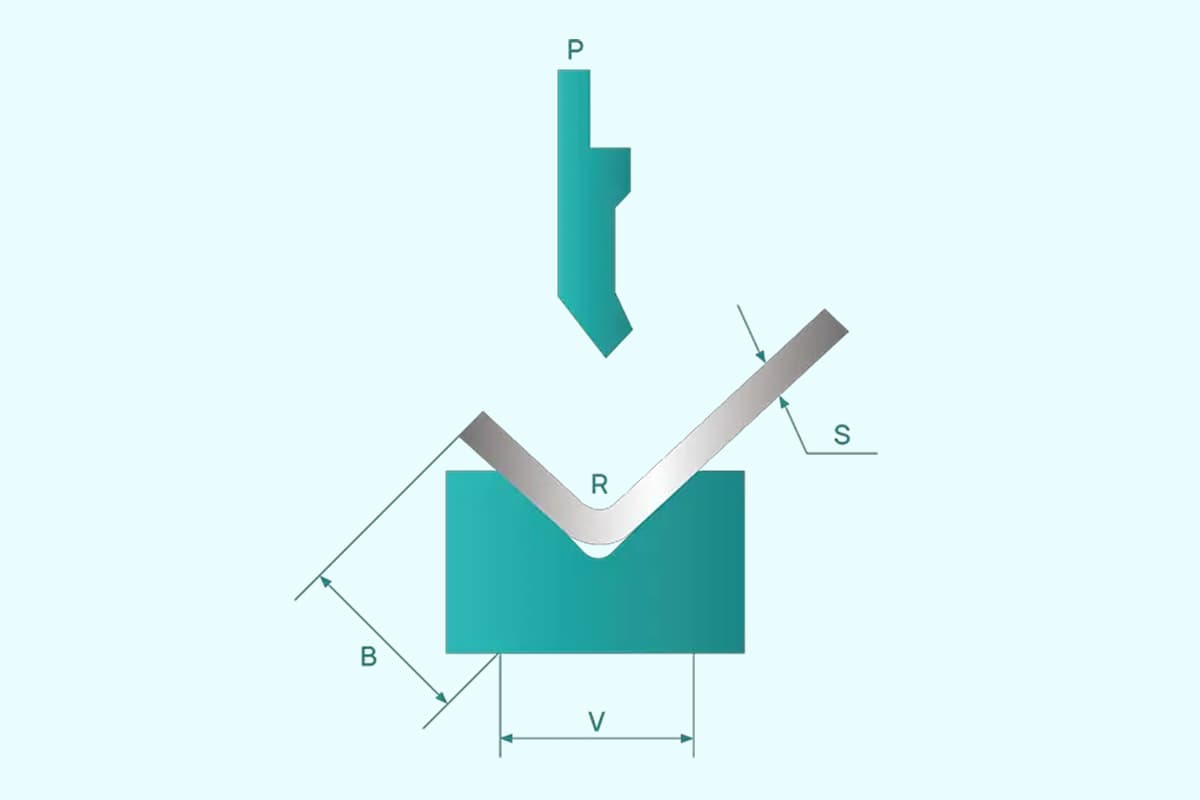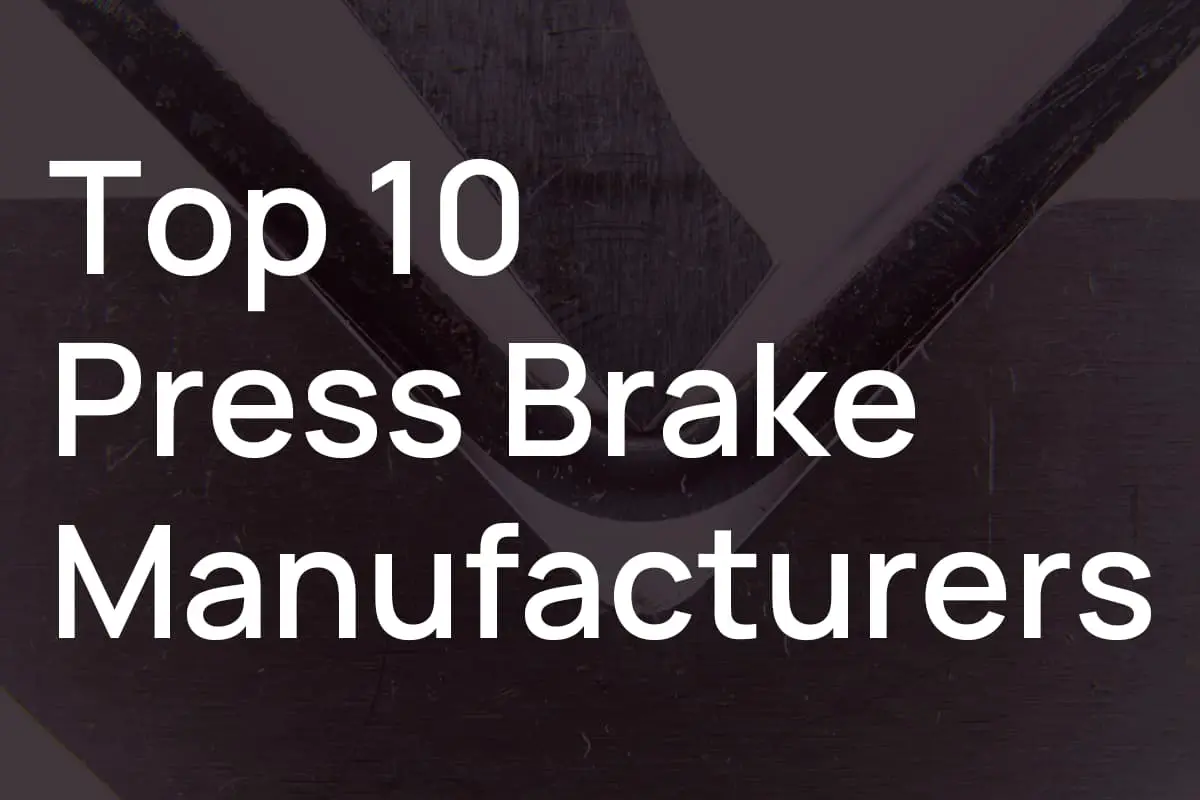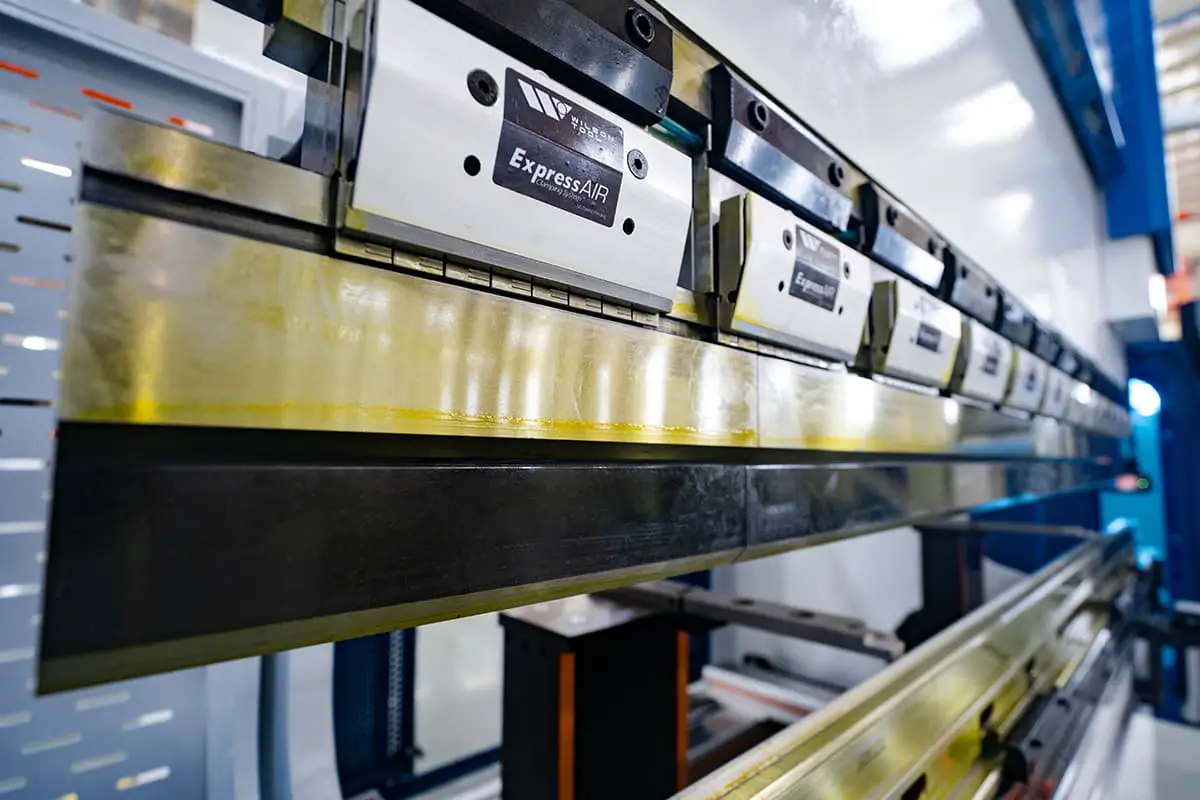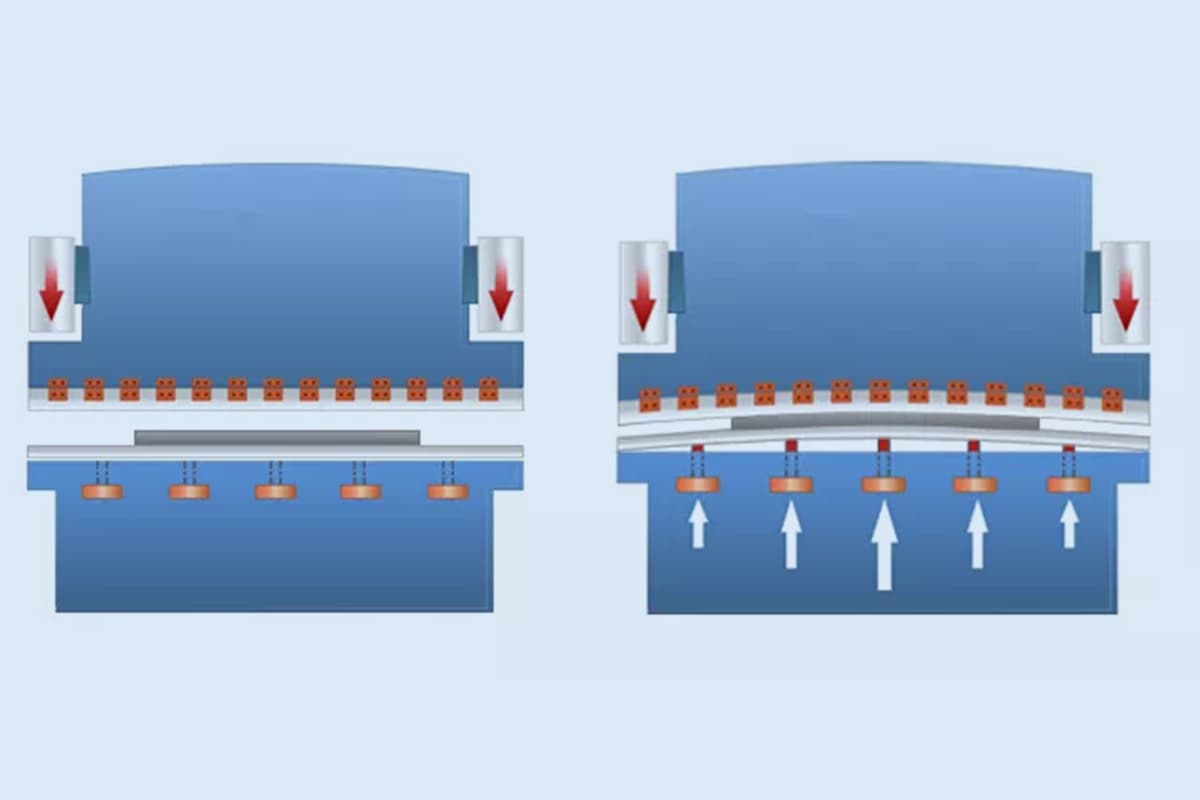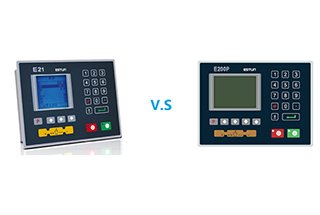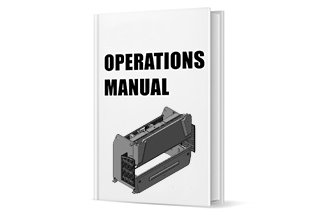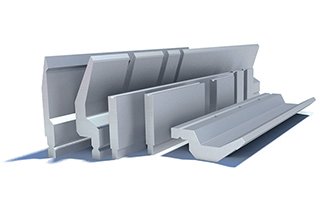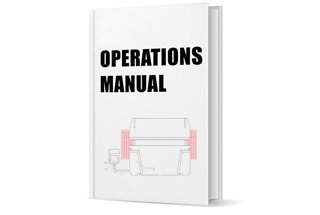
Imagine turning raw materials into precise industrial components with just one step. This is the marvel of press brake die manufacturing. From mechanical extrusion to injection molding, the methods are both varied and sophisticated. This article explores these techniques, their impact on material properties, and the factors influencing the efficiency and quality of die production. By reading, you’ll gain insights into the latest advancements and practical tips for optimizing your manufacturing processes. Dive in to understand how die technology is shaping modern industry.
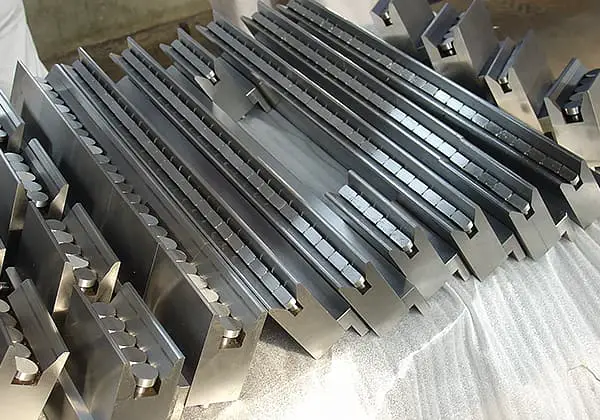
As the manufacturing industry develops at a rapid pace, the application of press brakes becomes increasingly widespread. The actual operation of press brakes cannot do without the advancement of die manufacturing technology.
Die manufacturing technology is closely related to our daily life, and every manufacturing industry cannot survive without it. It directly affects the fundamentals of industrial manufacturing.
The progress of die manufacturing technology can make the manufacturing industry more stable and efficient.
However, due to the shorter industrial development time, the die manufacturing technology is not yet as mature as other developed countries.
To promote the development of the manufacturing industry, some research on the process of die manufacturing was made based on the industrial status quo, hoping to make some contribution to the manufacturing industry.
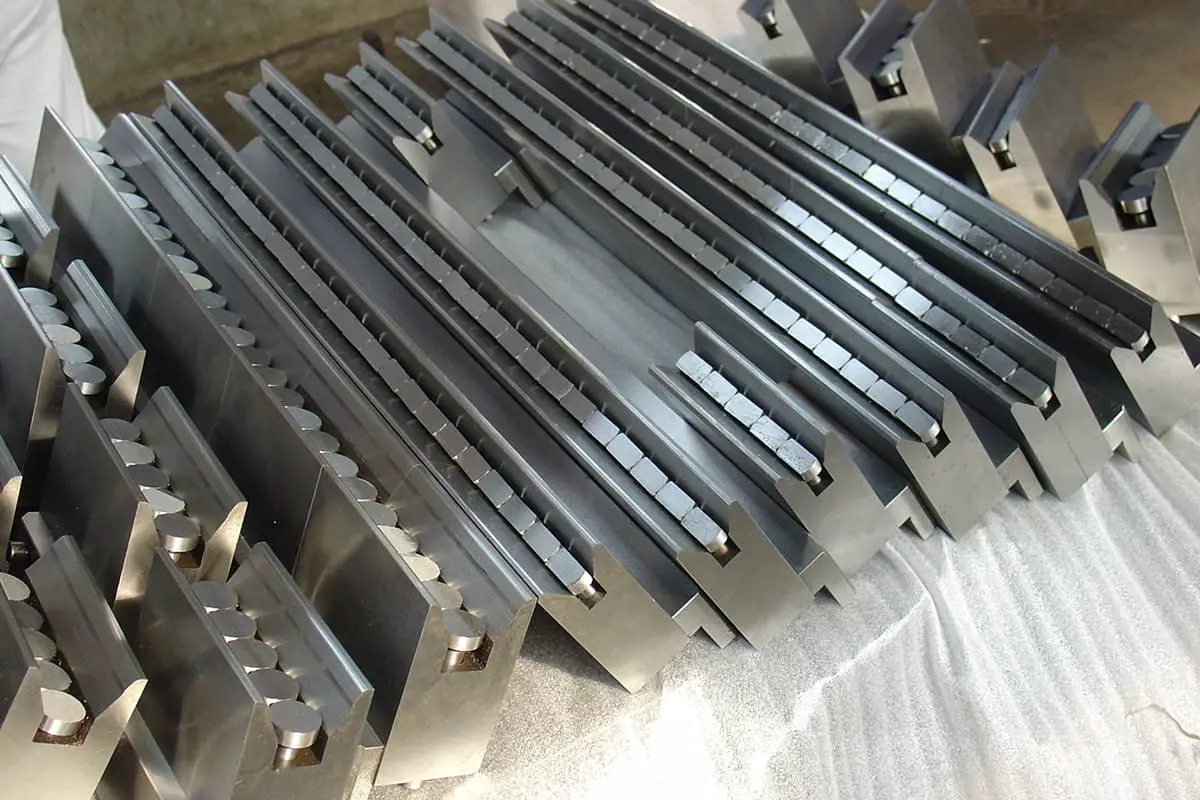
With the progress of the times and the development of technology, die manufacturing technology has become crucial. In simple terms, die manufacturing technology is the process of changing the shape or internal structure of raw materials through certain methods to produce industrial components.
The whole process mainly includes selecting raw materials, designing dies, and preliminary production of products. During the process of changing raw materials, the entire technology will have an impact on the structure and properties of the raw materials.
How to make the process more mature, and develop the performance of raw materials in the direction we need, is an important issue in modern industry.
As the name implies, the one-time forming method for metal materials is a method that can turn raw materials into industrial manufacturing components with just one processing.
Below, we explore the two most commonly used one-time forming methods in industrial manufacturing.
2.1.1 Mechanical extrusion forming method
The mechanical extrusion forming method is a more mature process method that is widely used in current press brake die manufacturing.
It mainly changes the shape of metal raw materials by the external force acting on the raw materials, through the cooperation of the die, making the raw materials become industrial components needed for manufacturing.
The advantage of this method is that the original structure of the raw materials will be retained, but it is worth noting that the magnitude of the external force must be controlled to prevent damage to the metal raw materials and changes in their properties.
2.1.2 Drawing forming method
The drawing forming method and the mechanical extrusion forming method both change metal raw materials into industrial components needed for manufacturing through external force.
The difference is that one makes the metal raw material shrink by extrusion, while the other stretches and expands it. The drawing forming method also retains the original structure of the raw materials, but has higher requirements for the raw materials.
If the manufacturing process requirements are not met, it is easy to cause damage to the raw materials.
Therefore, for the drawing forming method, attention should be paid to the magnitude of external force and the properties of raw materials.

Compared to one-time forming methods, there are fewer secondary forming methods for metal materials.
However, due to the demand for some complex industrial components, secondary forming methods for metal materials are also common in industrial manufacturing.
We will explore three commonly used secondary forming methods for metal materials in industrial manufacturing.
2.2.1 Casting forming method
Since ancient times, we have used forging methods to manufacture necessary tools. Now, an extension of ancient forging technology is casting forming technology.
Casting forming technology liquefies metals through high temperatures and then, through corresponding die components, allows the liquid metal to cool and form into the required industrial components.
This method has relatively low costs, can be used to synthesize non-ferrous metals, has a small limitation, and does not require high material demands.
It can be said to be one of the most commonly used process technologies in industrial manufacturing.
2.2.2 Electric cutting method
Many technical materials are hard in texture and cannot be deformed to the required level using other methods.
In this case, the electric cutting method is used to change the shape of the raw materials through methods such as lasers, making them into industrial components needed for manufacturing.
It should be noted that during the cutting process, raw material scraps are easily produced, and these scraps may affect the industrial manufacturing components.
To avoid the influence of these scraps on the components, timely cleaning is needed.
The electric cutting method is relatively complex compared to other methods, with greater limitations, and is rarely used in industrial manufacturing except for specific raw materials.
2.2.3 Spinning forming method
The spinning forming method uses the operation of the machine to make the raw materials rotate with the core die under pressure and become the industrial components needed for manufacturing.
Although its work efficiency is not very high, it is very helpful for the manufacturing of large components.
Moreover, the operating method is relatively simple, and die manufacturing is more convenient, so it is widely used in industrial manufacturing.
Non-metal processing methods are more diverse than metal processing methods. The texture of non-metallic materials is generally softer than that of metals.
While there are more diverse processing methods, there are also many things to pay attention to. Below, we will study two commonly used scrap metal processing methods.
2.3.1 Extrusion forming technology
Extrusion forming technology is the most widely used in industrial manufacturing because this technology mainly melts and compresses raw materials through the operation of machine equipment between screws and plungers, then cools them to obtain the required industrial components.
This process technology mainly operates through the operation of machines, which is relatively simple and has a high efficiency for the mass production of industrial components.
At the same time, extrusion-forming technology does not produce a lot of waste, making it environmentally friendly.
It is precise because of this characteristic of large-scale, environmentally-friendly production that extrusion forming technology is widely used in industrial manufacturing.
2.3.2 Injection molding technology
Injection molding technology is a relatively simple processing method that melts the raw materials into liquid and then manufactures the required industrial components by injection through the cooperation of the die components.
This method is very helpful for producing complex industrial components with complex structures and is increasingly being applied in industrial manufacturing.
In the process of mold manufacturing, there are many factors, large and small, that have a great impact on the production of industrial components.
The selection of raw materials is key, as substandard raw materials will directly affect the quality and performance of industrial components. The selection of molds is also crucial, as substandard molds can lead to poor quality industrial components.
The selection of manufacturing processes should be based on production efficiency and economic requirements.
Choosing appropriate manufacturing processes can efficiently and safely complete the production of industrial components.
In the process of mold manufacturing, no factor that may affect industrial manufacturing should be ignored, as these factors may affect the quality of industrial-manufactured components.
Currently, the technology is developing rapidly, but due to its late industrialization, there are still many problems in the processing of press brake molds.
In future development, applying simulation and simulation technology is necessary comprehensively.
Computer-based automation control replaces dangerous manual operations, becoming a major trend in the future development of mechanical manufacturing.
Today’s marketization and globalization require press brake enterprises to improve production efficiency quickly, meet market demand, and achieve consumer goals.
Therefore, the deep development of free and rapid-forming technology is also an important trend in the development of the mold manufacturing industry.
In summary, the progress of mold manufacturing technology is essential for the practical use of press brakes.
Although current mold manufacturing technology is not yet mature, we believe that with the learning and efforts of relevant technical personnel, mold manufacturing technology can keep pace with developed countries.
Through research on mold manufacturing technology, this article finds that mold manufacturing technology plays a crucial role in industrial development, serving as the foundation of industrial development.
To promote the development of the industrial manufacturing industry, this article has conducted preliminary research on mold manufacturing technology, hoping to make some contributions to the stable and efficient progress of the industrial manufacturing industry.

